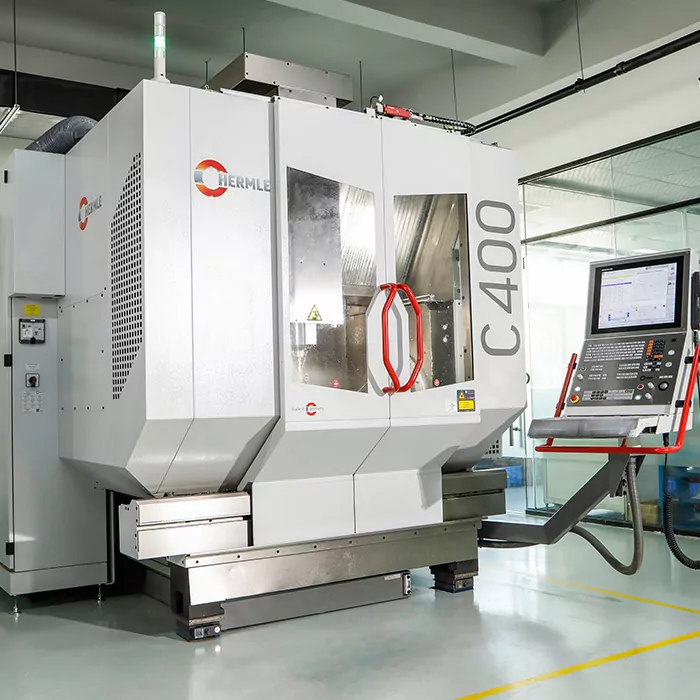When it comes to metal CNC machining, there are various challenges that manufacturers face in order to achieve optimal results. In this article, we will explore some of these challenges and discuss innovative approaches to overcome them.

The Importance of Precision
One of the key challenges in metal CNC machining is achieving the desired level of precision. Precision is crucial in industries such as aerospace, automotive, and medical, where even the smallest deviation can have significant consequences. To overcome this challenge, manufacturers employ advanced machining techniques and technologies that allow for high accuracy and repeatability.
For example, the use of computer-aided design (CAD) software enables engineers to create intricate designs with precise measurements. This digital representation is then translated into machine instructions, ensuring that the final product meets the required specifications. Additionally, the use of high-quality cutting tools and fixtures further enhances precision in metal CNC machining.
Material Selection and Machinability
Another challenge in metal CNC machining is selecting the right material for the job. Different metals have varying properties, such as hardness, strength, and machinability. It is essential to choose a material that can withstand the machining process without compromising the final product's integrity.
For instance, titanium is known for its excellent strength-to-weight ratio, making it ideal for aerospace applications. However, it is also notorious for its poor machinability due to its high chemical reactivity and low thermal conductivity. To overcome this challenge, manufacturers may employ specialized cutting tools and cooling techniques to minimize heat generation and tool wear.
Optimizing Tool Paths and Cutting Parameters
Efficient tool paths and cutting parameters are crucial for achieving optimal results in metal CNC machining. The tool path determines the trajectory of the cutting tool, while the cutting parameters include variables such as cutting speed, feed rate, and depth of cut.
By optimizing tool paths and cutting parameters, manufacturers can minimize machining time, reduce tool wear, and improve surface finish. This can be achieved through advanced simulation software that analyzes the machining process and suggests optimal tool paths and cutting parameters. Additionally, real-time monitoring systems can provide valuable feedback on tool wear and performance, allowing for adjustments to be made on the fly.
Managing Heat and Chip Control
Heat and chip control are critical aspects of metal CNC machining. Excessive heat can lead to thermal expansion, distortion, and even material failure. Similarly, improper chip control can cause tool clogging, poor surface finish, and reduced tool life.
To overcome these challenges, manufacturers employ various techniques such as coolant application, tool coatings, and chip evacuation systems. Coolant application helps dissipate heat and lubricate the cutting zone, while tool coatings can improve tool life and reduce friction. Chip evacuation systems, such as chip conveyors and high-pressure coolant systems, ensure efficient removal of chips from the cutting zone, preventing tool clogging and surface defects.
In conclusion, metal cnc machining presents several challenges that manufacturers must overcome to achieve optimal results. Precision, material selection, tool path optimization, and heat and chip control are just a few of the key areas that require careful consideration. By employing innovative approaches and leveraging advanced technologies, manufacturers can overcome these challenges and deliver high-quality metal components for various industries.



